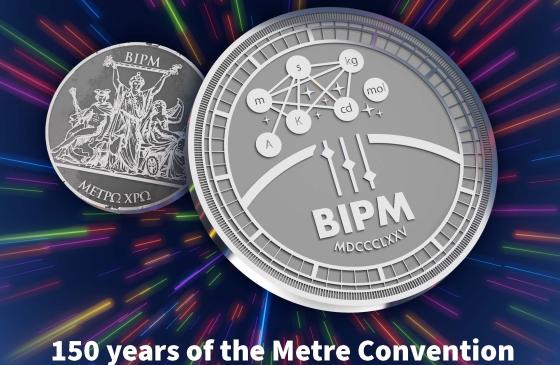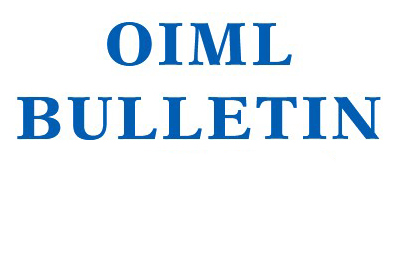OIML BULLETIN - VOLUME LXV - NUMBER 4 - October 2024
t e c h n i q u e
Proven success with the world’s first bunkering master meter
Revolutionary transformation in marine fuel measurement - maintaining traceability in a digitalised bunkering environment
Daryl Lim
Metcore International Pte Ltd., Singapore
Introduction
The winds of change have reached our shores and are here to stay. Mass flow metering (MFM) systems have gained traction in major ports around the world. Although the conventional ullage gauging method is currently the mainstay for volumetric measurement for bunkering, it is inevitable that the more advanced MFM technology will be preferred in bunkering operations. It employs the latest metrology with accuracy and traceability in line with the various international standards, typically OIML, for the global shipping industry.
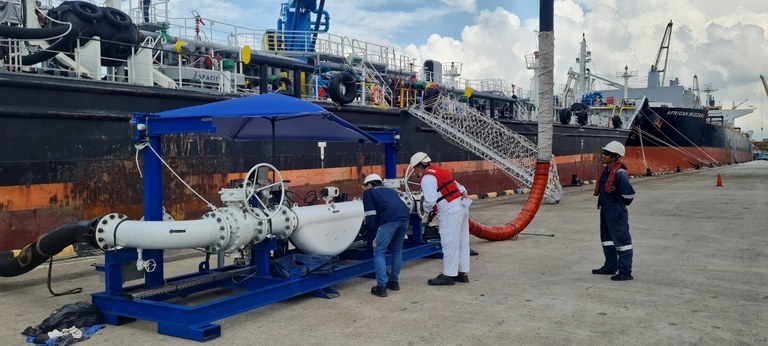
Picture 1: Bunkering operations in process using master meter
Following the successful and proven mandated implementation of MFM systems in the Port of Singapore since 2017, more major port authorities including the ports of Rotterdam, Antwerp-Bruges, and Sohar, are now in the process of implementing their own mandates.
While it is crucial to fulfil the need for a national or regional metrology regime for measuring instruments to be in place for trade or custody transfer, there must be greater adoption of recognised and proven standards to harmonise the measurement practices across various international jurisdictions. This is to simplify the recognition process for bunker tankers which ply the international shipping routes to be compliant with different national laws and port authorities.
What is the conventional method using tank and ullage gauging methodology?
The conventional method for bunker fuel measurement onboard bunker tankers is using the tank and ullage gauging methodology. When it is performed correctly, this method enables a good measurement to be made of the quantity of bunker fuel delivered, and also calculates the remaining fuel volume in the fuel cargo tank of the bunker vessels.
However, in the modern age of digitalisation, the conventional method is losing out to the more advanced MFM system for bunkering application. Although ullage tank gauging has been the main method for many bunker operators, various operating factors may still contribute to uncertainty in the measurements obtained. These include the trim of the vessels or air bubbles present in marine fuel causing considerable mismeasurement to the actual bunker fuel volume. Other contributing factors include the associated equipment such as ullage gauge and temperature sensors which could affect the overall measurement accuracy.
Embracing MFM technology for enhanced efficiency and assured integrity
The major ports of Singapore, Rotterdam, and Sohar have been advocating enhanced efficiency and a faster turnaround time for bunker fuel supply. Marine bunkering is not yet a fully modernised sector, and any mishandling of bunker fuel measurement poses a high risk of escalating into disputes by both supplier and buyer.
Although change is inevitable, many bunker stakeholders remained entrenched in the old method of tank gauging. The resolve of multi-agencies with the support of all bunkering industry stakeholders is needed to ensure the successful adoption of the MFM system. It is also important to have an independent third party to provide an impartial and trusted assessment for certification of the MFM system in its implementation, with reference to internationally recognised standards such as SS 648:2019, ISO 22192:2021 and OIML R 117.
World’s first master meter for MFM system verification
The Port of Singapore’s SS 648 requirements for MFMs for custody transfer of bunker fuel stipulates that following an initial calibration, subsequent calibration is needed three years after its approval by the implementing authority. Since there was no local calibration support during the initial stage of implementing, the MFM must be removed from the bunker vessel and sent overseas to the manufacturer’s flow laboratory for this purpose. This results in downtime of the vessel and considerably higher cost incurred due to its non-operational state. In addition, the implementing authority requires the vessel and MFM system to undergo sea trial after re-installation of the calibrated MFM.
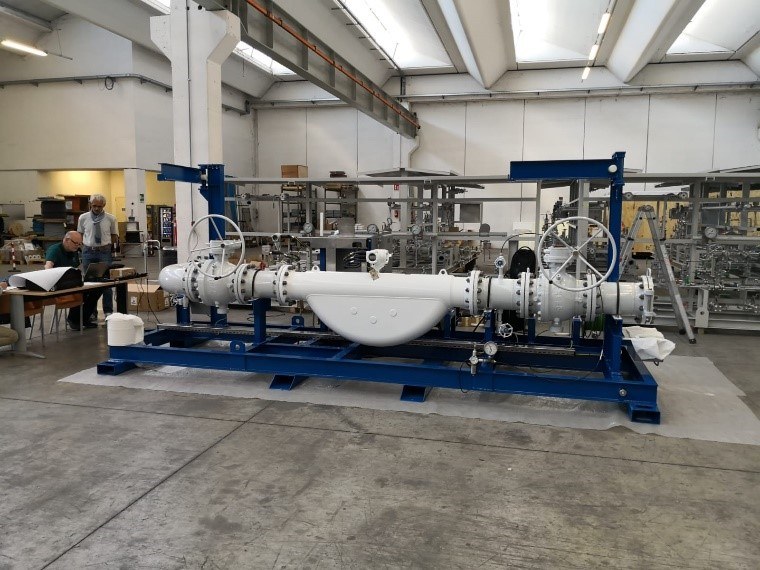
Picture 2: The Master Meter is calibrated annually at Endress+Hauser’s flow lab with direct traceability through its highly precision calibration rig in Reinach, Switzerland
These changes in the fast-paced bunkering environment created a need for a master meter to prove the MFM in-situ, while maintaining the overall system measurement integrity. Hence, the technical experts in Metcore International took on the leadership role with the meter verification using the Coriolis master meter for proving of bunker tankers’ MFM. During the initial stage, Metcore worked closely with Endress+Hauser (E+H) to design and produce the “Revolutionary Master Meter” which is now employed in the Port of Singapore. Master meter proving or meter verification has been accepted by the Maritime and Port Authority of Singapore as an alternative to the longer downtime system acceptance test (performance test) method, for the annual extension of the bunker tankers’ MFM systems in Singapore.
Practical and traceable: Master Meter is Singapore’s solution for MFM onsite verification
Measurement is conducted via in-field testing using a Coriolis master metering system under actual bunkering conditions, in compliance with established requirements and maintaining traceability to the International System (SI) unit of mass (the kg). The aim is to achieve a high level of confidence and assurance towards the performance testing of MFMs currently in service for marine fuel measurement.
Master meter proving which is also referred to as “meter verification” is considered a more viable and practical method to verify the continual performance of the MFMs. It allows onsite testing of the duty meters, without the hassle of dismantling them for calibration at a recognised flow laboratory. Although reference is made to Singapore Technical Reference 80 (TR 80) on meter verification using master mass flow meter, the master meter was set up very much based on the requirements of OIML R 117, before TR 80 was formalised in 2020.
The benefits are very much pro-businesses, as this method increases the operating bunker vessels’ efficiency by reducing the MFM system testing time and logistics from three or more days to a single day without the need for a supporting tanker. Hence, the master meter enables faster turnaround time compared to the acceptance test onsite verification method. This translates into an increased number of bunkering operations performed.
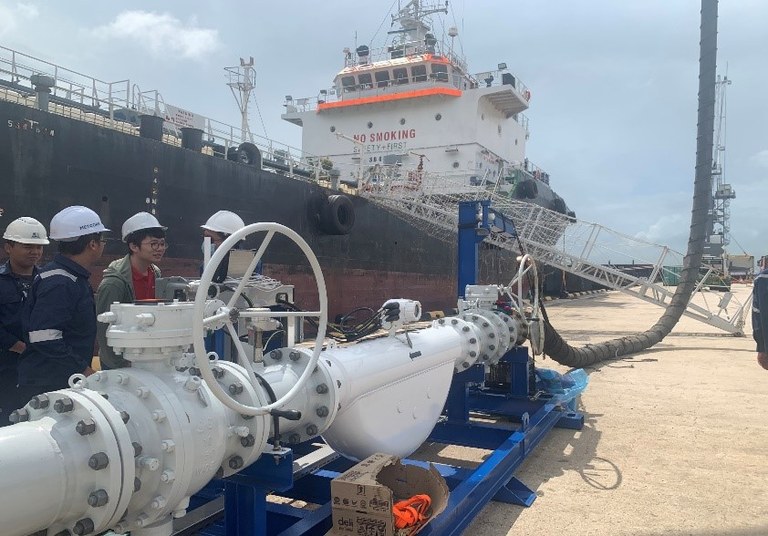
Picture 3: Metcore’s Master Meter at the port for bunkering operations
Trending the bunker MFMs digitally
The bunker MFMs enable electronic recording of the measurement results, thereby translated to a transparent and trusted foundation for digitalisation. Efficient trending of the duty MFMs performance becomes paramount to monitor their performance for bunker fuel custody transfer measurements, are not compromised.
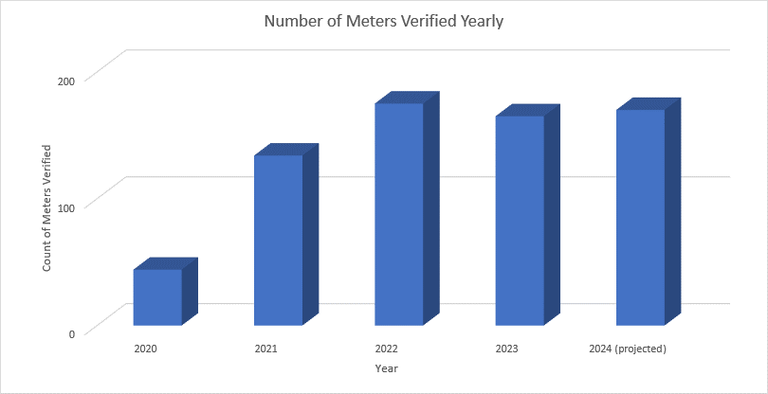
Picture 4: Periodic verification of MFM to ensure consistent performance
Considering the effect of prolonged use in the Singapore waterfront for bunker fuel measurement application, the Master Meter provides an efficient method of validating the duty MFMs, effectively identifying potential drift in its performance. Although MFMs provide a highly accurate and digitalised measuring tool for the industry, the stakeholders nevertheless do not compromise on the traceability and accuracy aspects.
The Master Meter has successfully completed numerous meter verifications to ensure the duty MFMs continue to be metrologically appropriate for bunker fuel measurement, thereby facilitating a more reliable and trusted bunkering environment for industry and stakeholders.
Conclusion
The revolutionary transformation in the marine fuel measurement industry, exemplified by Metcore’s Coriolis Master Meter, marks a significant advancement in maintaining metrological traceability within a digitalised bunkering environment using the advanced MFM system. As it is probably the first recognised bunkering master meter in the world, the integration with globally recognised and accepted standards ensures the continuous performance necessary for reliable custody transfer bunker measurement.
By embracing such innovating technologies, stakeholders can navigate the complexities of modern bunkering with confidence, paving the way for a more efficient and sustainable future in bunkering operations.

